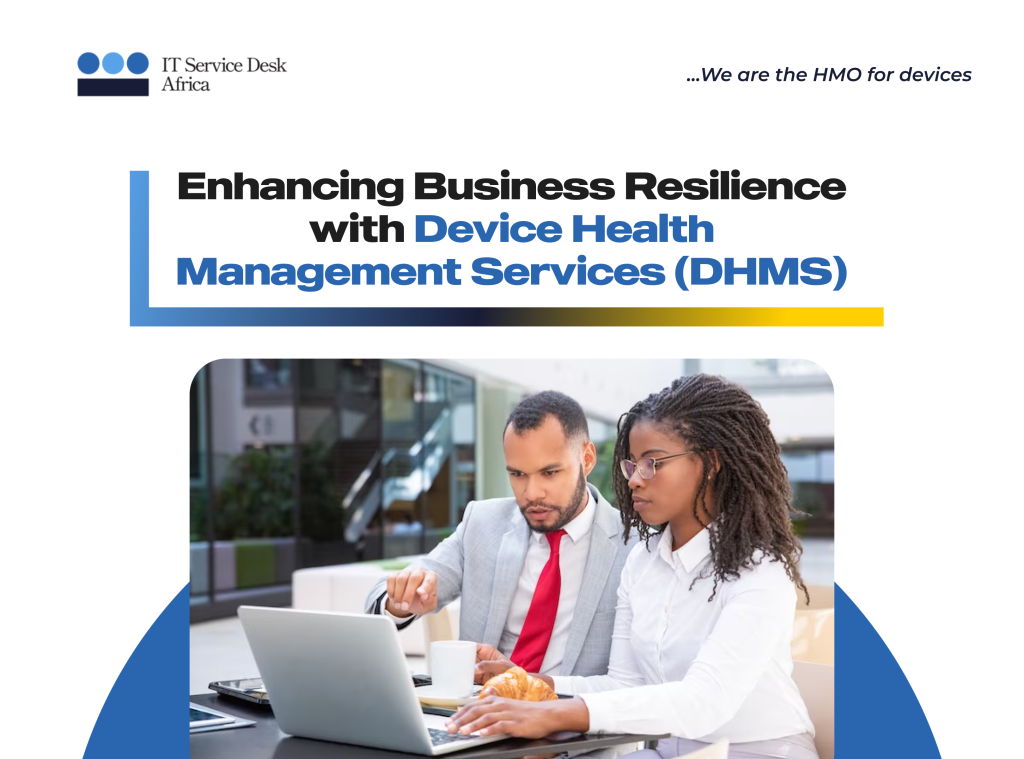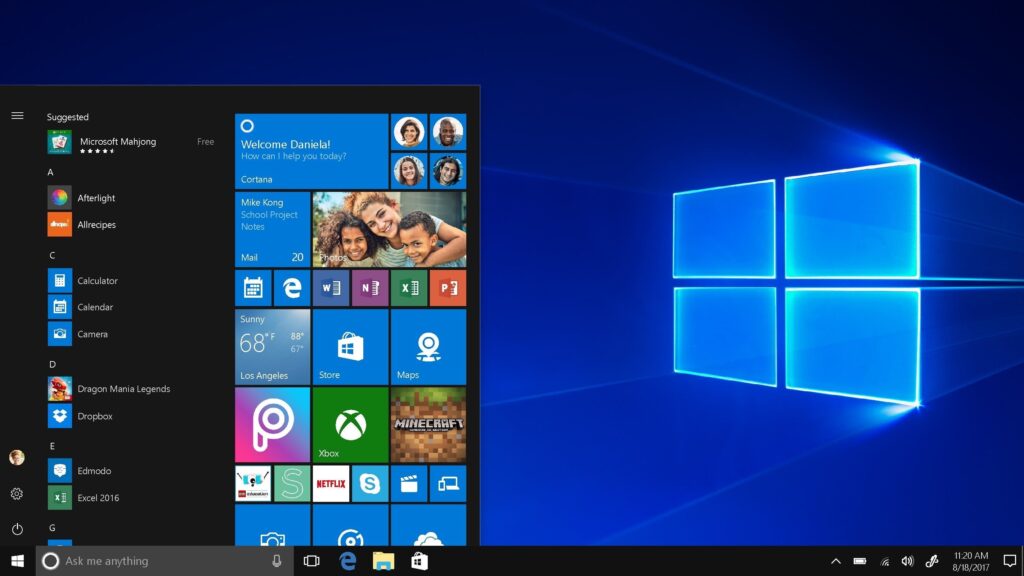Introduction:
In today’s technology-driven world, businesses heavily rely on various devices for communication, productivity, and enjoyment. However, ensuring the optimal performance and longevity of these devices can be time-consuming and challenging. This is where Device Health Management Services (DHMS) can play a crucial role. In this article, we will explore how DHMS contributes to business resilience, downtime reduction, and device performance optimization.
Exploring Device Health Management Services (DHMS):
Device Health Management Services (DHMS) is a process of managing and monitoring a device’s health throughout its lifetime. DHMS ensures flawless operations, minimal downtime, and effective device management. The key elements of DHMS include remote monitoring, predictive analytics, and proactive maintenance.
Reducing Downtime and Increasing Uptime:
Downtime can significantly impact businesses, leading to lost productivity and revenue. DHMS proactively identifies and resolves device issues, minimizing downtime to the bare minimum. By properly maintaining and fixing devices, DHMS also increases uptime, ensuring essential business applications are always available.
Remote Access and Troubleshooting:
DHMS platforms often offer remote access features, enabling authorized staff to troubleshoot device issues from a central location. This streamlines customer service, reduces the need for on-site inspections, and ultimately saves time and money.
Ensuring Compliance and Improving Security:
DHMS helps businesses ensure that their devices meet compliance standards and regulatory requirements. By detecting and fixing vulnerabilities, DHMS enhances the security of devices, protecting organizations from potential cyberattacks. This proactive approach helps reduce the risk of fines and penalties.
Reducing Costs and Increasing Reliability:
DHMS helps businesses save costs by avoiding expensive downtime and maintenance. Additionally, it increases the lifespan of equipment, reducing the frequency of replacements. By proactively addressing potential problems, DHMS improves device reliability and minimizes unscheduled outages and disruptions.
Predictive Maintenance and Alerts:
Using data analysis, DHMS can anticipate device issues and schedule proactive maintenance actions. This predictive approach avoids costly downtime and unexpected breakdowns. DHMS also generates alerts and notifications for anomalies or potential problems, ensuring prompt attention and resolution.
Reporting and Data Visualization:
DHMS provides comprehensive analyses and data visualizations, enabling businesses to understand their device status, market trends, and maintenance program efficiency. This data-driven decision-making supports long-term planning and enhances overall device management.
Getting Started with DHMS:
To embrace DHMS, businesses can follow these five easy steps:
- Select a DHMS service provider based on organizational needs.
- Identify all devices used in the organization, including laptops, desktops, tablets, and smartphones.
- Categorize devices into groups to determine monitoring priorities.
- Configure the DHMS solution to monitor devices and receive alerts.
- Regularly monitor devices to identify and address issues promptly.
Conclusion:
Device Health Management Services (DHMS) offer businesses a proactive and data-driven approach to device management. By reducing downtime, increasing uptime, ensuring compliance, improving security, and reducing costs, DHMS enhances business resilience and device performance. Embracing DHMS can help organizations optimize their devices, minimize risks, and achieve long-term success in today’s technology-driven landscape.
Visit here to learn more about how DHMS can benefit your business and protect your devices.




